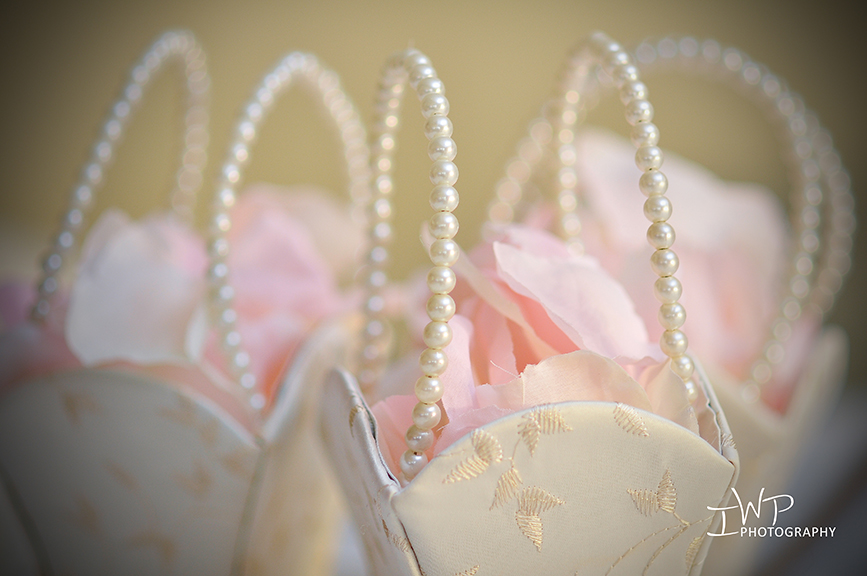10 Tips for Organizing Photos Fast
Today’s post is by Janice Russell, a professional organizer in Cary, N.C. who has been helping people find order at home and work for more than 15 years. Learn more at MindingYourMatters.com.
Photos are a wonderful invention, and we’re all glad to have images to help us remember moments in our lives. But the number of digital and printed images can easily get out of hand. Soon, you’re stuck with thousands of photos and no way to enjoy them. Get your photo stash organized fast with these 10 tips.
- Start with the new. You might have boxes of old photos (or even slides!) hanging around, but getting organized starts with today’s images. You can address the backlog later.
- Create an easy system. The keyword is “easy.” There are many ways to organize photos. Which way works for you? What will you remember? One good way to start is to sort the photos into folders by date — or at least by year. So to follow Tip No. 1, grab any photos you’ve taken this year and put them into a folder with the year on it. (This applies to both digital and printed images.) If you’re feeling motivated, sort those photos into folders by month.
- Name every digital photo. Anything is better than DSC0456. Change the file name to “momsbirthday” or “ride_at_thepark_051717″ (date) or whatever you want! Use people’s names if you can. You may want to consider establishing standard naming structures. For instance, if it is a family event: event_person’s name, if applicable_date. So it might be” anniversary_mom and dad_2017.” Or if it is a vacation: city_state or country_specific location_date. So it might be “Madrid_Spain_Royal Palace_051816” (date).
- Consider software to help. One example is Forever Historian, which helps you sort and tag images on your computer.
- Set up a backup system. You might try Picture Keeper, but there are many others. The point is to make sure your photos are stored in more than one location. If there is a fire or your computer is lost or damaged, you may lose all your images.
- Figure out a process for getting photos off your phone/camera and onto your computer. It’s easy to end up with hundreds of photos on your phone, but not sorted in a meaningful way. Decide how you will do this. Examples:
- Automatically have the images upload to an app called Dropbox from your phone. Set a time to sort through the images
- Once a week sit down and transfer the images. The key is to set a time/day to do this.
- Don’t be shy about deleting. Whether you’re attacking an old box of crinkled prints or going through your phone, delete ruthlessly. Get rid of the photos with thumbs, the ones that are blurry. Get rid of the images you don’t care about, the ones you took just to post an image of your lunch on Facebook. (Learn more about understanding the purpose of your picture.)
- Schedule a time to manage the backlog, but do so in short stints. For example, you might spend five minutes each day after dinner on the task. Or complete one box per week.
- Make a pile of any slides you have and set up a time to get those converted to a digital format. There are services where you can send them to have this done. Memories Renewed, DigMyPix, and LegacyBox are just a few options.
- Make sure to store printed images in a temperature controlled environment. Even if you haven’t gotten around to sorting and labeling them, at least move them out of the attic.
Organizing photos can feel like a monumental task, but if you take it one step at a time, you will be able to find and enjoy your memories.

